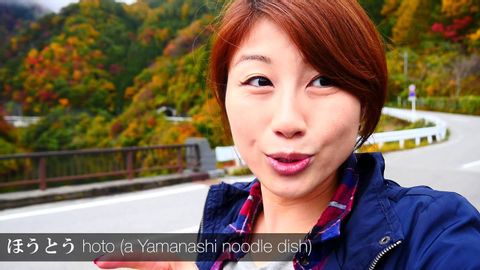
Subtitles & vocabulary
Autumn in Japan! What it's like and what's so great about it :)
00
Harry posted on 2015/08/19Save
Video vocabulary
salt
US /sɔlt/
・
UK /sɔ:lt/
- Uncountable Noun
- Natural white crystal used to flavor food
- Transitive Verb
- To add salt to food in order to improve its taste
- To add salt to ice in order to melt it
A2
More beautiful
US /ˈbjutəfəl/
・
UK /'bju:tɪfl/
- Adjective
- Having dome something well
- Being very attractive or appealing physically
A1
More soup
US /sup/
・
UK /su:p/
- Noun (Countable/Uncountable)
- Fairly liquid food made by boiling ingredients
A1
More Use Energy
Unlock All Vocabulary
Unlock pronunciation, explanations, and filters
